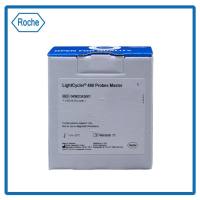Use of Fluorescent Probes to Detect Lipid Signaling Intermediates in Macrophages
互联网
617
To fulfill their function in host defense, professional phagocytes such as neutrophils and macrophages exhibit the ability to ingest (phagocytose), kill, and dispose of pathogenic microorganisms. Recent studies have provided strong evidence for the importance of membrane lipids such as polyphosphoinositides in these processes. In turn, reversible phosphorylation events, involving protein and lipid kinases and phosphatases, regulate signaling pathways involving metabolism of membrane lipids. Our ability to study lipid signaling events has been greatly facilitated by the development of fluorescent molecular imaging techniques. In particular, the expression of recombinant fusions of derivatives of the jellyfish-derived green fluorescent proteins (GFP) coupled to reporter molecules enables real-time monitoring of signaling events in live cells. Here, we discuss methods to monitor alterations in membrane polyphosphoinositides involved in signaling events regulating phagocytosis. To illustrate the use of this technology, we will focus on the role of protein tyrosine phosphatase MEG2 in phagocytosis and its modulation by phosphatidylinositol-3,4,5-triphosphate (PIP3 ). This approach enables investigators to ascertain the involvement of lipid intermediates in diverse signaling pathways.









